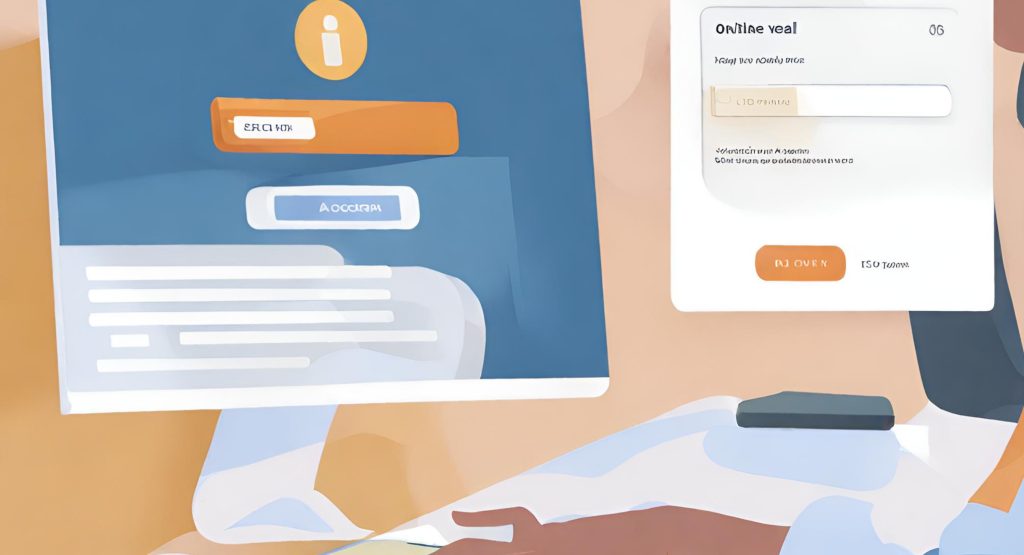
The role of effective patient communication and education have become essential components in enhancing the overall healthcare experience. Not only do these practices promote better health outcomes, but they also play a crucial role in improving collections for healthcare providers. By fostering clear and transparent communication channels and educating patients about their financial responsibilities, healthcare organizations can create a more efficient and financially stable environment. In this article, we will explore the significant impact of patient communication and education on improving collections while ensuring the content remains unique and easy to read.
Clear Communication Builds Trust
Clear communication is the cornerstone of any successful patient-provider relationship. When patients fully understand their medical treatments, associated costs, and insurance coverage, they are more likely to comply with payment schedules. Healthcare providers should invest in user-friendly communication tools, such as online portals, email notifications, and SMS alerts, to keep patients informed about their financial obligations. The role of patient communication and education in improving collections cannot be overstated. These mediums empower patients to access their billing information conveniently, leading to a better understanding of their healthcare expenses.
Impact of Clear Communication
Clear communication is the cornerstone of any successful relationship, especially in the context of healthcare. When patients and healthcare providers communicate effectively, it establishes a foundation of trust and understanding. Clear communication means conveying information in a way that is easily comprehensible to the patient, ensuring there is no room for confusion or misinterpretation.
Clear Communication in Healthcare
In the realm of healthcare, clear communication involves explaining medical conditions, treatment options, and associated costs straightforwardly. It means using plain language, free from jargon, and taking the time to ensure patients fully grasp the information being shared. Whether discussing a diagnosis, treatment plan, or financial responsibilities, healthcare professionals must be adept at translating complex medical concepts and billing details into terms that patients can easily comprehend.
Communication Channels
Clear communication is not limited to face-to-face interactions. In today’s digital age, it extends to various communication channels, including online portals, email, text messages, and phone calls. Utilizing these platforms effectively ensures that patients have easy access to their medical information and billing details. The role of patient communication and education in improving collections cannot be overstated. By providing a seamless flow of information, healthcare providers not only enhance the patient experience but also build a sense of trust and reliability.
Education Empowers Informed Decision-Making

Educating patients about their insurance coverage, co-pays, deductibles, and out-of-pocket expenses is crucial in empowering them to make informed decisions. Healthcare providers can conduct informative sessions, distribute pamphlets, or utilize online resources to educate patients about the financial aspects of their care. When patients are well-informed, they can plan their finances effectively, ensuring timely payments and reducing the risk of overdue bills.
Understanding Medical Conditions and Treatment Options:
Education empowers patients to understand their medical conditions, the causes, symptoms, and the available treatment options. When patients have a clear grasp of their diagnosis and the potential treatments, they can engage in meaningful discussions with their healthcare providers. This understanding allows patients to weigh the pros and cons of different treatment approaches, consider possible side effects, and make decisions aligned with their personal preferences and values.
Knowledge about Financial Responsibilities:
In addition to medical information, educating patients about their financial responsibilities is equally important. Understanding insurance coverage, co-pays, deductibles, and out-of-pocket expenses enables patients to anticipate the cost of their healthcare services. Armed with this knowledge, patients can plan their finances effectively, budget for medical expenses, and explore available financial assistance programs if necessary.
Encouraging Preventive Measures:
Education also plays a vital role in promoting preventive healthcare measures. Patients who are well-informed about the importance of regular check-ups, screenings, vaccinations, and a healthy lifestyle are more likely to proactively manage their health. By understanding the significance of preventive care, patients can take proactive steps to maintain good health, potentially avoiding serious health issues in the future.
Enhancing Communication with Healthcare Providers:
When patients are educated about their health conditions and treatment options, they can engage in more meaningful and productive conversations with their healthcare providers. Informed patients can ask relevant questions, express concerns, and actively participate in shared decision-making. This collaborative approach strengthens the patient-provider relationship, ensuring that the chosen treatment plans align with the patient’s preferences and goals.
Implementing Transparent Billing Practices
Transparent billing practices are key to building patient trust and encouraging timely payments. Healthcare organizations should provide detailed and easy-to-understand billing statements, clearly outlining the services provided, associated costs, and payment due dates. Any discrepancies or uncertainties regarding the bills should be addressed promptly through dedicated customer support channels. Transparent billing practices not only improve patient satisfaction but also contribute significantly to the efficiency of the billing and collection processes.
Clear and Detailed Billing Statements:
Healthcare providers should generate billing statements that clearly outline the services provided, associated costs, dates of service, and any applicable insurance adjustments. Avoid medical jargon and use plain language to describe the services. Provide a breakdown of charges for each service or procedure, making it easy for patients to understand what they are being billed for.
2. Explain Insurance Coverage:
Clearly explain what services are covered by insurance and what the patient is responsible for paying out of pocket. Specify co-pays, deductibles, and any non-covered services. Patients should be aware of their financial responsibilities from the beginning, helping them anticipate costs and plan their payments accordingly.
3. Timely and Comprehensive Cost Estimates:

Provide patients with accurate cost estimates before scheduled procedures or treatments. This allows patients to understand the financial implications of their healthcare decisions. Ensure that these estimates include all related costs, such as physician fees, facility charges, anesthesia, and post-operative care.
4. Transparency in Pricing:
Publish standard pricing for common procedures and services on the healthcare organization’s website. Transparency in pricing helps patients compare costs and make informed decisions. Clearly state if some additional fees or charges may apply in specific circumstances.
Encouraging Proactive Communication
Proactive communication is vital in addressing patient concerns before they escalate. Healthcare providers can implement proactive communication strategies, such as sending friendly payment reminders, offering flexible payment plans, and conducting follow-up calls to check on payment statuses. By addressing potential issues promptly and empathetically, providers can prevent misunderstandings, build patient loyalty, and ensure a steady cash flow.
Appointment Reminders:
Implement automated appointment reminders through SMS, email, or phone calls. Remind patients of upcoming appointments well in advance, allowing them to plan their schedules accordingly. This reduces no-show rates and ensures that patients attend their appointments, leading to timely treatments and billings.
Financial Counseling Sessions:
Offer financial counseling sessions to patients, especially those with planned procedures or ongoing treatments. During these sessions, explain their insurance coverage, estimated costs, and available payment options. Addressing financial concerns proactively helps patients plan for their medical expenses and reduces surprises when they receive their bills.
Regular Health Updates:
Keep patients informed about their health conditions and treatment progress through regular updates. This can be done via secure online portals, emails, or phone calls. When patients are aware of their progress, they feel more engaged and are likely to comply with treatment plans, leading to better outcomes.
Patient Education Workshops:
Organize educational workshops or webinars on common health issues, preventive measures, and managing chronic conditions. Educated patients are more proactive about their health, leading to reduced hospital visits and associated costs. Additionally, these workshops can include information about insurance coverage and financial responsibilities.
Online Portals and Mobile Apps:

Provide patients with access to user-friendly online portals and mobile apps. These platforms enable patients to view their medical records, upcoming appointments, and billing statements. Encourage patients to use these tools, ensuring they have easy access to their healthcare information and can address concerns promptly.
Feedback Surveys:
Implement regular feedback surveys to understand patients’ experiences and concerns. Act on the feedback received and communicate the changes made based on patient input. Demonstrating that patient feedback is valued encourages open communication and ensures that patient concerns are addressed promptly.
Prompt Response to Inquiries:
Train staff to respond promptly to patient inquiries, whether they are related to medical concerns or billing issues. Quick and empathetic responses show patients that their concerns are taken seriously, building trust and encouraging them to communicate proactively in the future.
Conclusion
In conclusion, the role of patient communication and education in improving collections cannot be overstated. By fostering clear communication, empowering patients through education, implementing transparent billing practices, and encouraging proactive communication, healthcare providers can create a positive financial experience for patients. This, in turn, leads to higher patient satisfaction, increased trust, and improved collections for healthcare organizations.